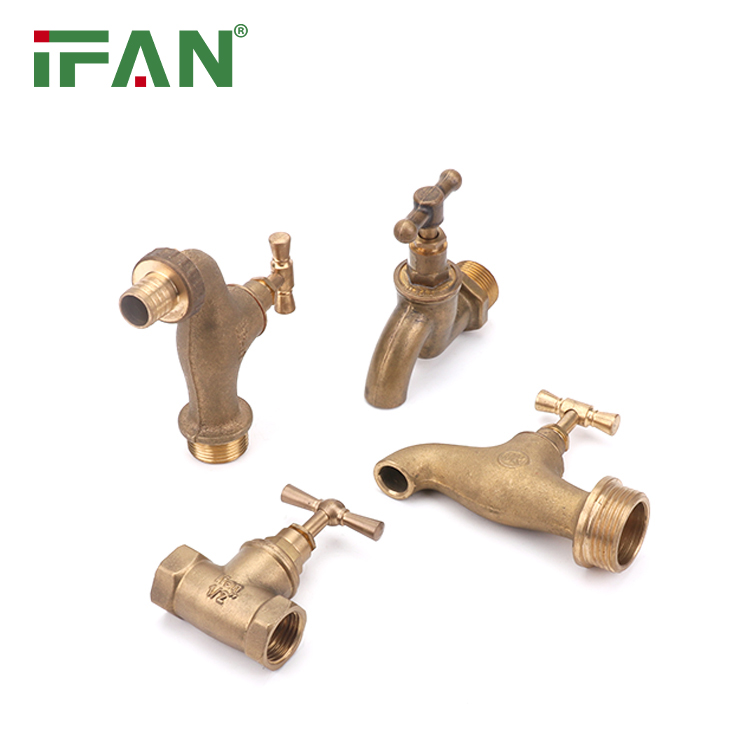Brass bibcocks with a PN16 rating are widely used in plumbing systems and industrial applications due to their robustness and suitability for high-pressure environments. In this comprehensive overview, we will delve into the key aspects of brass bibcock PN16. Let’s break down each aspect into separate sections.
1. Design and Construction
Brass bibcocks with a PN16 rating are designed to withstand a maximum pressure of 16 bar or 232 psi. They are constructed using high-quality brass alloys, which provide excellent durability and corrosion resistance. These bibcocks typically feature a solid brass body, a threaded inlet for connection, and a lever or wheel handle for easy operation.
2. Features and Functionality
Brass bibcock PN16 valves are equipped with several features to ensure optimal performance. They often include a quarter-turn mechanism that allows for quick and efficient water flow control. Additionally, they may have a built-in check valve to prevent backflow and a hose connector for easy attachment of hoses or pipes.

3. Installation and Connections
Installing a brass bibcock PN16 valve is relatively straightforward. The valve is typically threaded, allowing for easy connection to existing plumbing systems. Common thread types include BSP (British Standard Pipe) or NPT (National Pipe Thread). The appropriate thread size should be selected based on the specific application and plumbing requirements.
4. Applications
Brass bibcock PN16 valves find applications in various industries and settings. They are commonly used in plumbing systems, irrigation systems, gardening, and industrial processes. Their ability to withstand high pressures makes them suitable for commercial and industrial applications where water or other fluids need to be controlled.
5. Benefits and Advantages
Brass bibcock PN16 valves offer several benefits that contribute to their popularity. Firstly, their brass construction ensures excellent strength and resistance to corrosion, making them suitable for long-term use. Secondly, the PN16 rating allows for reliable operation even in high-pressure environments. Finally, the quarter-turn mechanism and user-friendly handle make them convenient to operate and adjust water flow.
6. Maintenance and Care
To ensure the longevity and optimal performance of brass bibcock PN16 valves, regular maintenance is recommended. This includes periodic inspection for leaks, cleaning to remove any debris or sediment buildup, and lubrication of moving parts if necessary. Following manufacturer guidelines and adhering to proper maintenance practices will help to extend the lifespan of the valve.
7. Safety Considerations
When working with brass bibcock PN16 valves, it’s crucial to follow safety precautions. Always turn off the water supply before installing or servicing the valve to prevent accidental flooding. Additionally, ensure proper sealing of connections to prevent leaks and potential water damage. If the valve needs to be replaced or repaired, it’s advisable to consult a professional plumber or technician.
Conclusion
Brass bibcock PN16 valves are reliable, durable, and designed to withstand high-pressure environments. With their robust construction, convenient features, and versatile applications, they are a popular choice in plumbing systems and industrial settings. By understanding their design, installation, maintenance, and safety considerations, users can effectively utilize these valves to control water flow and ensure efficient operation within their respective systems.







